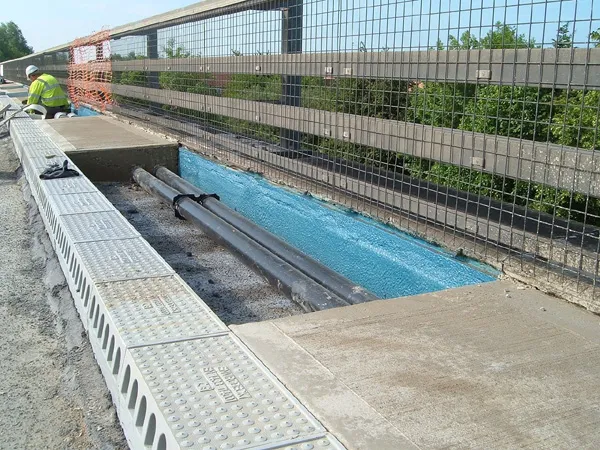In Colombia progress is being seen on three major bridge projects located in different parts of the country.
Construction of the new Pumajero Bridge is well in hand and is expected to be complete before the end of 2019. The new PumajeroBbridge will be 2,247m in length and have 990m of viaduct connections and access, as well as two three-lane carriageways on each side. Once the new bridge is open to traffic, the old cable-stayed concrete link between Baranquilla and Sitionuevo will be demolished.
The new bridge provides a height of 45m over the Magdalena River, allowing vessels to pass underneath. When complete the bridge will be Colombia’s longest and will provide a new link between Santa Marta and Baranquilla.
Constructed in 1974, the old bridge has restricted river traffic due to its low height and is too narrow to cope with the vehicle numbers it has to carry. Its design prompted controversy even when it was built but the new link will address the transport shortcomings over the earlier structure.
Meanwhile, construction work will restart on the Chirajara Bridge in the second quarter of 2019. The French contractor
At the same time, concern has been expressed over the Hisgaura Bridge as to its safety. The $33 million project is being carried out by Spanish contractor Sacyr. Although the bridge is said to be safe, its construction does not meet the requirements of the agreement set by Colombian funding agency Fondo Adaptacion. The problems is with the central span, which rather than being flat now has an uneven, undulating deck. It is not clear how this issue occurred during construction or how best to alleviate the problem. But Colombia's national road institute (Invias) is less than impressed and is now looking to gain compensation from Sacyr over the Hisguara Bridge project as a result.
The bridge forms part of the Málaga—Los Curos highway, which will improve transport between Colombia’s Boyacá Region and Santander Region. The Hisgaura Bridge measures 653m in length with a single span reaching 400m.
There has also been criticism over the poor standard of the access roads to the Hisgaura Bridge. But paving work is now underway on 70km of access roads and this will be completed by 2020. Work to the remaining 50km will be finished at a later date.
Three Colombian bridge projects commencing
In Colombia progress is being seen on three major bridge projects located in different parts of the country.
Construction of the new Pumajero Bridge is well in hand and is expected to be complete before the end of 2019. The new PumajeroBbridge will be 2,247m in length and have 990m of viaduct connections and access, as well as two three-lane carriageways on each side. Once the new bridge is open to traffic, the old cable-stayed concrete link between Baranquilla and Sitionuevo will be demolished.
The new
January 17, 2019
Read time: 3 mins







